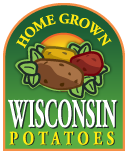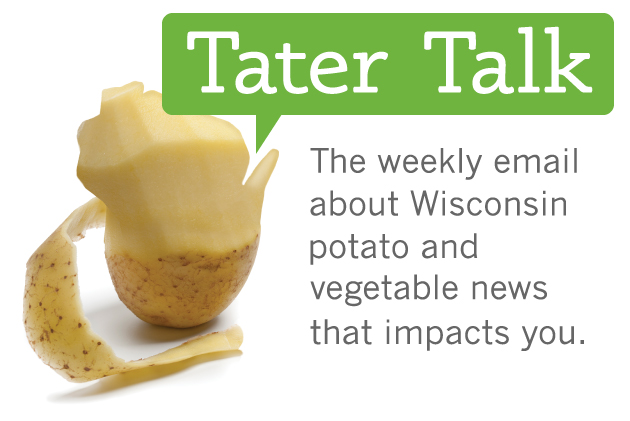Behind the Scenes: Healthy Farms Restoring Natural Ecosystems
Spring, beautiful springtime has arrived and we are moving quickly into summer. Flowers are blooming and color has returned to our landscapes. In farming regions, crop color has returned and also the diverse habitats of native landscapes. In an effort to restore natural ecosystems, Wisconsin potato farmers along with the International Crane Foundation of Baraboo, WI have formed a collaboration to manage participating farms as whole ecosystems.
Each spring growers identify areas on their farms that have restoration potential. Farmers document areas where the restoration of natural ecosystems, including grasslands, wetlands, and woodlands, can be achieved. This typically occurs on field edges, unproductive areas, or in areas of existing remnants of native plant communities. In Central Wisconsin, this work is often focused on re-establishing native grassland with perennial flowers and native grasses. The dry sand prairies with short grasses were the original grass cover of the Central Sands region.
If done correctly, native restorations can conserve rare plants, improve habitat for declining grassland birds (such as meadowlark, bobolink, and grasshopper sparrows), and provide habitat for Wisconsin’s prairie-associated reptiles and amphibians. Perennial plant communities also benefit the soil, water, and the aesthetics of the local region.
When planting prairies it is important to encourage native species. Farmers work with local seed providers to ensure we are restoring Wisconsin plants such as wild lupine, which are now declining but were once an important part of our local landscape and are the host plant for the beautiful Karner Blue Butterfly. The site preparation for planting a prairie can be an intensive process including control and removal of the existing non-native vegetation, soil preparation, and planting of the native seed. Growers themselves work to plant the prairies, and maintain them as necessary with tillage, burning, or other weed elimination practices to encourage proper prairie growth and establishment. This reestablishment process can cost over $1,000 per acre.
Stevens Point farmer, Nick Somers established a prairie on his farm on some of their less-productive cropland during 2006 and has planted prairie on three more sites since then. Both Nick and his wife Dianne are enthusiastic about the showy wildflowers they have established across their farm, including butterfly-weed, sky-blue aster, and stiff goldenrod. Well-maintained prairies incorporate a diversity of native plants, birds and animals. Privately-owned land is a critical component of conservation solutions to reverse native habitat loss. We do not have enough capabilities on public land to protect all of our declining native Wisconsin species. Land owners, farmer efforts, have a significant impact across our agricultural landscapes.
When we drive through farm country, we can recognize that Wisconsin farmers, the original environmentalists, are not only providing safe and affordable food, but also giving us beauty to see, and adding value in our ecosystem.


